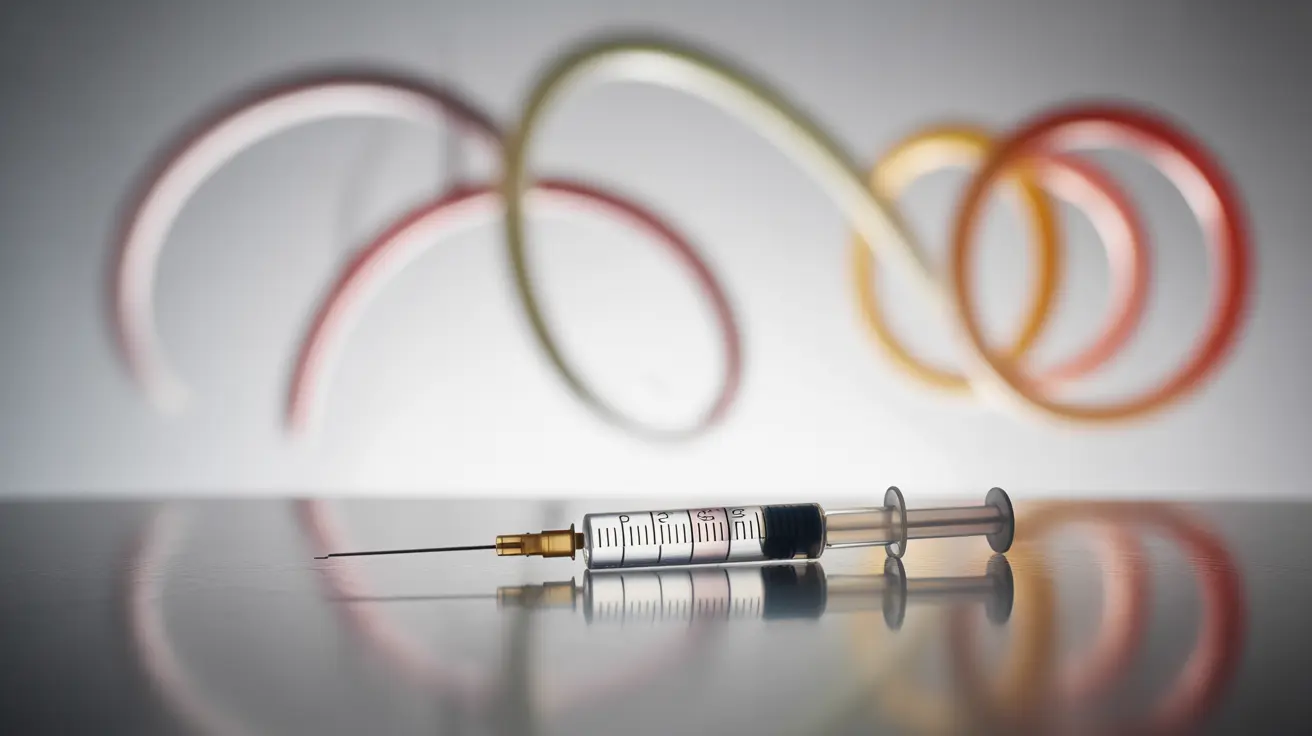Hepatitis infections that spread through blood contact pose significant health risks worldwide. Understanding which types of hepatitis are bloodborne and how they spread is crucial for prevention and proper medical care. This comprehensive guide explores the different forms of bloodborne hepatitis, their transmission methods, and essential prevention strategies.
Types of Bloodborne Hepatitis
Among the various types of viral hepatitis, three main variants are primarily transmitted through blood contact:
- Hepatitis B (HBV)
- Hepatitis C (HCV)
- Hepatitis D (HDV)
Hepatitis C: The Most Common Bloodborne Form
Hepatitis C represents the most prevalent bloodborne form of hepatitis. It spreads primarily through direct blood-to-blood contact, making it a significant concern in healthcare settings and among certain risk groups.
Transmission Methods and Risk Factors
Bloodborne hepatitis viruses can spread through several specific channels:
- Sharing needles or injection equipment
- Unscreened blood transfusions
- Non-sterile medical procedures
- Occupational needle-stick injuries
- Mother-to-child transmission during childbirth
- Sharing personal items that may have blood contact
Symptoms and Diagnosis
Early detection of bloodborne hepatitis is crucial for effective treatment. Common symptoms include:
- Fatigue
- Jaundice (yellowing of skin and eyes)
- Abdominal pain
- Loss of appetite
- Nausea and vomiting
- Dark urine
- Joint pain
Diagnosis typically involves blood tests to detect viral antigens, antibodies, and assess liver function.
Modern Treatment Approaches
Treatment options vary depending on the specific type of hepatitis:
Hepatitis C Treatment
Modern direct-acting antiviral medications can cure most cases of hepatitis C within 8-12 weeks, with success rates exceeding 95%.
Hepatitis B Treatment
While there's no cure for hepatitis B, antiviral medications can effectively manage the infection and prevent liver damage.
Prevention Strategies
Preventing bloodborne hepatitis involves multiple approaches:
- Getting vaccinated (available for hepatitis B)
- Using sterile medical equipment
- Practicing universal precautions in healthcare settings
- Avoiding sharing personal items that may contact blood
- Regular screening for those at risk
Occupational Safety Measures
Healthcare workers and first responders should follow specific protocols:
- Always use personal protective equipment
- Follow proper needle handling procedures
- Report all exposure incidents promptly
- Maintain updated vaccinations
- Undergo regular screening as recommended
Frequently Asked Questions
- Which hepatitis infections are bloodborne, and how are they transmitted?
Hepatitis B, C, and D are the main bloodborne forms. They primarily spread through direct blood-to-blood contact, shared needles, unscreened blood products, and non-sterile medical equipment.
- What are the main symptoms of hepatitis C, and how is it diagnosed?
Main symptoms include fatigue, jaundice, abdominal pain, and nausea. Diagnosis involves specific blood tests that detect viral particles and antibodies, along with liver function tests.
- How is hepatitis C treated, and what are the latest treatment options?
Modern treatment uses direct-acting antiviral medications, which can cure most cases within 8-12 weeks. These treatments have high success rates and fewer side effects than older therapies.
- What are the risks of getting hepatitis C from sexual contact, and how can it be prevented?
While sexual transmission of hepatitis C is possible, it's relatively rare. Using protection during intimate contact and discussing testing with partners can help prevent transmission.
- How can I reduce the risk of contracting hepatitis C if I am a healthcare worker or first responder?
Healthcare workers should always use personal protective equipment, follow proper safety protocols, report exposures immediately, and maintain regular screening schedules as recommended by their workplace safety guidelines.




